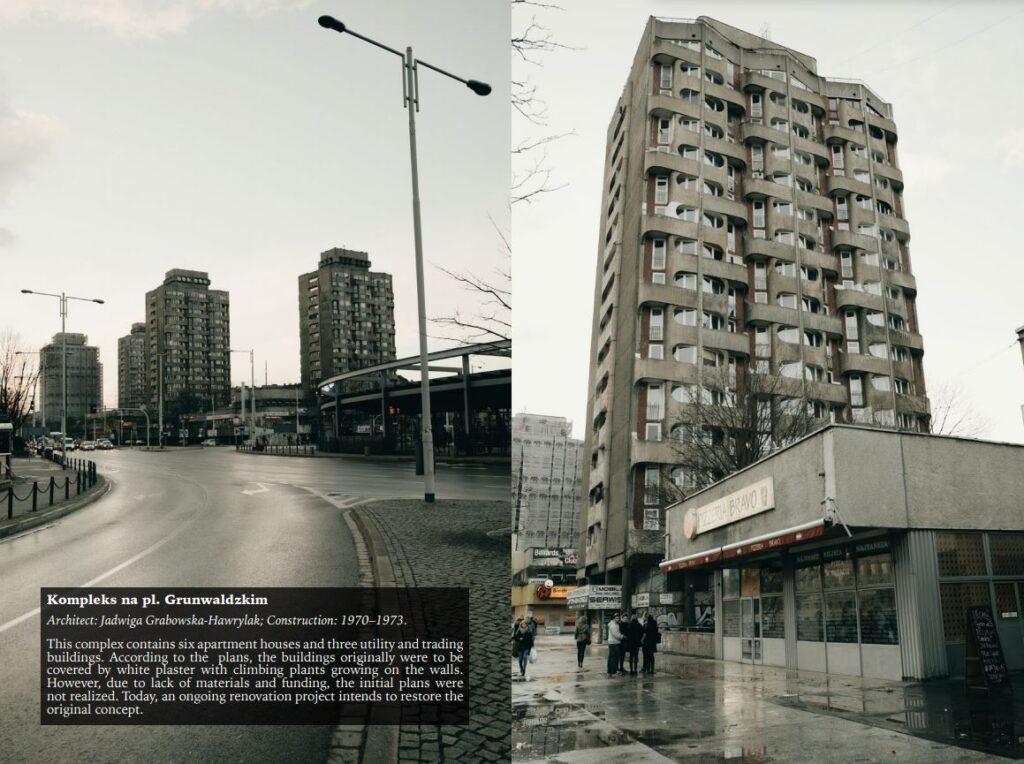Modernist Architecture in Wroclaw, Poland
Maciej Smoliński
Introduction
Wrocław, also known as Breslau, Vratislav, and Vratislavia, is a medium[1]sized city in Central Europe with more than a thousand years of history. Ruled by Poland, Germany, the Czechs, Austria, and the Duchies of Silesia at various points, it has always been a crossroads for different European influences: west and east, north and south. Today, there are a vast number of 20th-century buildings and districts extant within the city. In recent years, with a rising appreciation for modernist architecture, a few notable examples are being renovated and brought back to their old glory.
In 1890, Wrocław had around 300,000 inhabitants; by the end of the 1930s, the number rose to nearly 700,000. In the same period, the city’s area increased from around 30 km2 (11.5 mi2) to more than 200 km2(77 mi2). Such significant growth required efficient solutions both from architectural and planning perspectives.
Modernism, with its simplicity, expedience, and low cost (at least compared with 19th-century standards of eclecticism and historicism), was an obvious answer. Moreover, Wrocław’s quickly growing population desperately needed housing and services. The local authorities used the opportunity provided by the new modernist trends to the fullest. The new buildings were arguably not as beautiful as those built earlier, but they met basic needs and served their functions.
The outbreak of World War II interrupted the rapid development of modernist architecture in Wrocław.

During the battle of Festung Breslau in 1945, the city was almost entirely destroyed and its population expelled. Yet again, the same process of building modern architecture to meet housing needs took place after this catastrophe.
Poland was one of the hardest hit by the destruction and devastation of World War II both in terms of population and economy, and struggled to rebuild. Between the end of the war and 1979, Wrocław grew from 200,000 to 600,000 inhabitants. The new Polish authorities came to the conclusion once again that modernism could answer the people’s needs, providing cheap and practical housing or utility areas.
The fall of communism in Poland left Wrocław in a sorry state, with dirty and dilapidated areas common throughout the city. Not surprisingly, the economic crisis of the 1980s followed by the instability of the 1990s was not kind to the relics of modernism. Forgotten, out of fashion, and overshadowed by newer architecture, they were slowly rotting in isolated spots across the city.
However, attitudes toward modernist architecture began to change in the beginning of 21st century. Many now understand that the foundations of modernism were surprisingly human friendly: practical and bright apartments, packed in clear and simple forms, and covered in green.
Today, the WuWa and Tarnogaj districts, mostly restored to their old glory, are among the most expensive estate areas in Wrocław. Hala Stulecia was renovated between 2009 and 2011 with funds from the European Union and the City Council. The renovation of Kompleks na pl. Grunwaldzkim began in 2015 under the supervision of the original architect, Jadwiga Grabowska-Hawrylak, and with funds gathered by tenants.
Other modernist gems in Wrocław are still waiting for their chance.
For those interested in history of Wrocław, I recommend Microcosm: Portrait of a Central European City (Davies & Moorhouse, 2003).





References
Davies, N., & Moorhouse, R. (2003). Microcosm: Portrait of a central European city. London: Pimlico.

